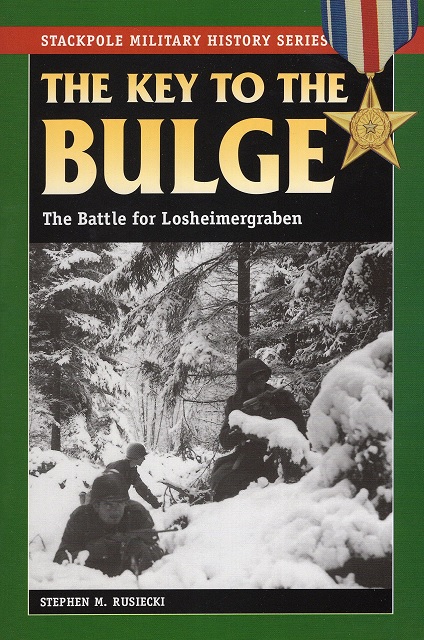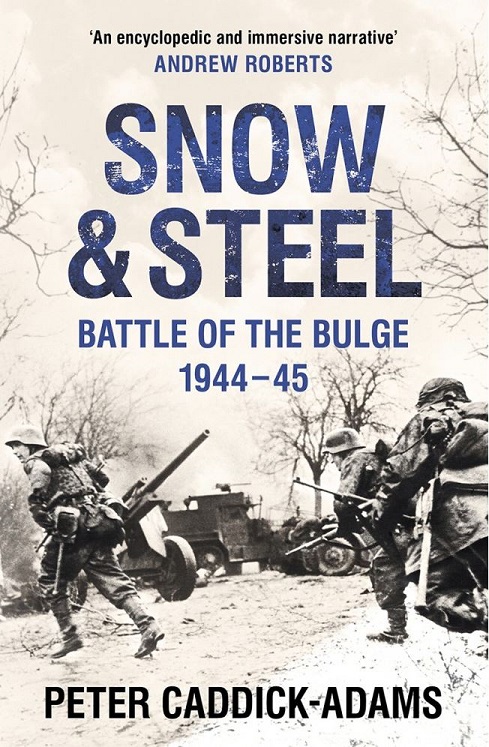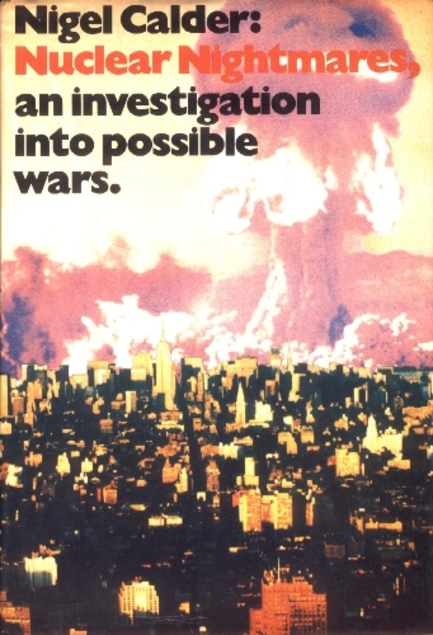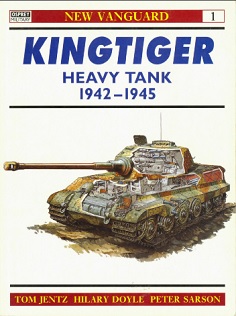
The Key to the Bulge: The Battle for Losheimergraben
Stephen M. Ruseicki
195 pages including notes
published in 1996
A visit to the Bastogne War Museum when I was on a holiday in the Ardennes last October got me interested in the Battle of the Bulge again, as did the series WW2TV did on the campaign in December. Their interview with Peter Caddick-Adams on 10 Facts about the Battle of the Bulge everyone should know led me to read his excellent book on the campaign as a whole. Which in turn whet my appetite for more on the individual battles within the Ardennes Campaign. Military history like all history is fractal after all. You can get a broad overview but if you zoom in you get a lot more detail, new insights. Which is where this book comes in. With Snow and Steel I got the broad strokes of the Ardennes Campaign, with this I got an overview of one of the most important of the early battles in it, one that could be argued determined the outcome of the entire Ardennes Offensive…
That battle was the battle for Losheimergraben, then, as now, a small border crossing between Belgium and Germany, too small even to call a village. In December 1944 this was the front line, the furthest point reached by the great Allied breakout from Normandy earlier that year. Since then the front line in the Ardennes had been largely static; the real fighting continued further up north, in the Netherlands and around Aachen. The Ardennes itself was quiet, an ideal sector to introduces green troops to life at the front and blood them before they got thrown into real battle. Losheimergraben and neighbouring places like Lanzerath were held by such troops, the 394th Infantry Regiment of the 99th infantry Division. It was these troops that would hold out for thirty-six hours against the Sixth Panzer Army starting on the 16th of December, denying it the quick victory it needed to comply to its already impossible schedule.
Hitler’s original idea behind the Ardennes Offensive was to repeat the success of May 1940, when Germany’s panzers broke through the “impenetrable” Ardennes and split the Allied forces in two, ultimately sealing the fate of France and driving the British from the continent. This time his strategic aim was the same, but aimed at seizing Antwerp, denying the Allies its use and splitting up the British and American forces. There are however relatively few passages through these mountains that are usable by armour, of which the so-called Losheim Gap, also used in 1940, is one. Grabbing Losheimergraben, where an east-west road from Germany into Belgium intersects the main north-south road in the Ardennes, was to be the first step in the German drive through this gap. From there the goal was to drive the panzers forward into Bullingen, to Malmedy and beyond to cross the Meuse. Once the Meuse crossings had been made the panzer armies could drive onto Antwerp and victory. But it all depended on seizing those border crossings and seizing them quickly and that would be a job for the infantry.
The American defenses in this crucial sector, as they were all across the Ardennes, were light. Because it was regarded as a quiet sector, not only was it considered an excellent sector to bleed green troops in, it also meant fewer troops were stationed there in the first place. Which meant individual divisions had to defend larger pieces of the front line than was recommended. The 99th Infantry Division therefore had little in the way of reserves, needing all three of its regiments to remain in line to cover the entirety of what it was responsible for. Worse, it was stationed on the border with another army corps, with Lanzerath and the Losheim Gap right on the border, barely covered by any American soldiers. This is the stage on which those initial German attacks happened on the 16th of December. Yet despite being outnumbered and surprised, the inexperienced men of the 394th regiment of the 99th division held out for more than a day against the German onslaught. How was this possible?
As Ruseicki describes it, it’s clear the tenacity and sheer dogged will of these American soldiers to resist played a big role. they may have been green, but they were well trained, their morale was good and they weren’t going to just roll over. Making good use of their defences they held back the enemy as long as they could before withdrawing in good order to a new defensive line. Ultimately they were never broken and the Germans never quite managed to break through, the offensive stalled almost from the start. Looking at it from the German side, it’s clear that they had problems even had their opponents been a pushover. The obsession to keep the offensive a secret meant little preparation and with no reconnaissance allowed, they had no idea what they were walking into. Having soldiers that on the whole turned out to be just as green as the Americans, but far less well trained, didn’t help either. If reading this you are reminded of how Russia’s currently bungling its war on Ukraine, you’re not the only one…
This was an interesting look at one of the opening battles of the Ardennes Offensive. Ruseicki describes the action well without being overtly dramatic. A good example, well explained, of how small scale battles can impact a wider offensive.



